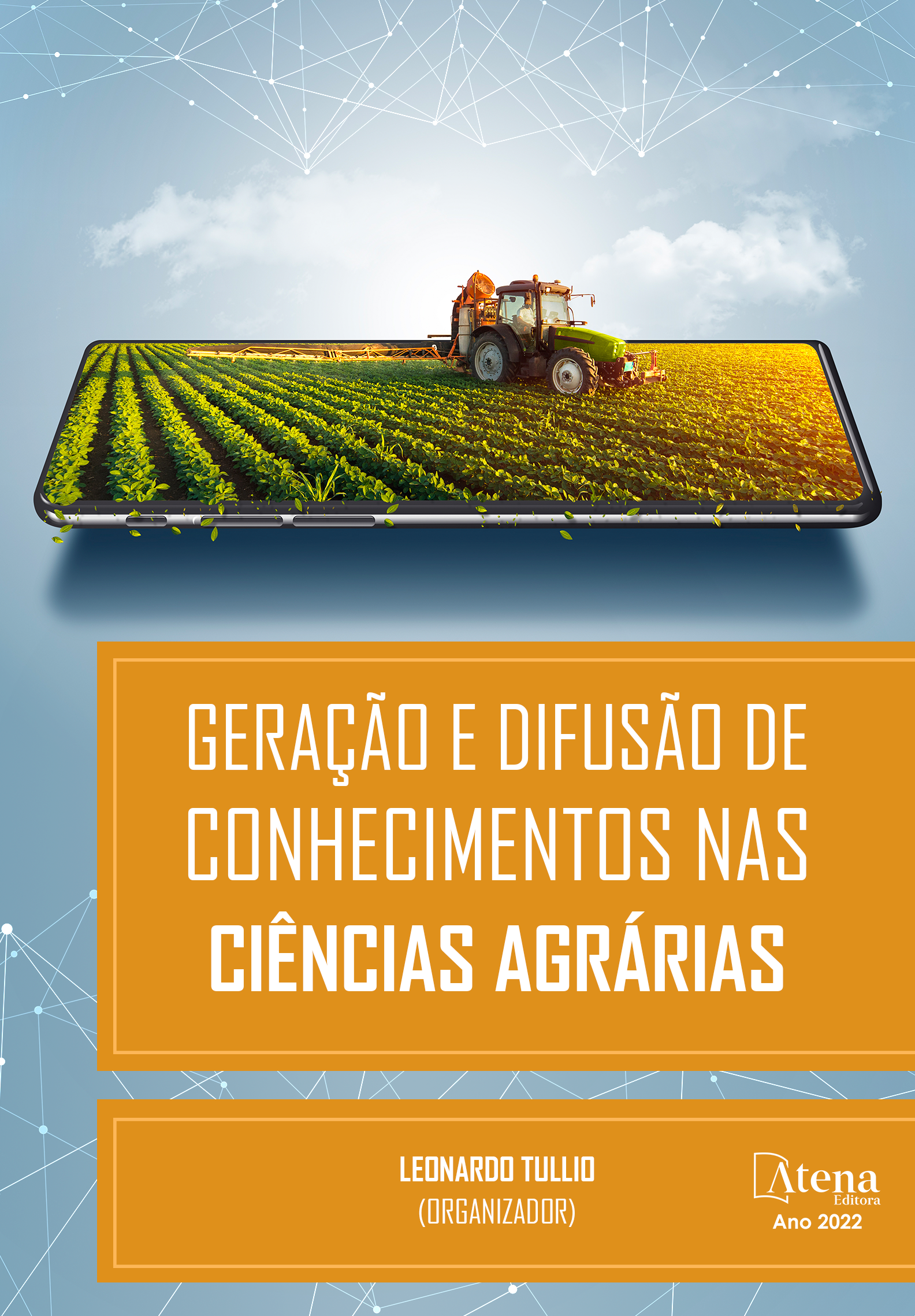
DIVERSIDADE DE COCCINELÍDEOS PREDADORES EM ROMÃZEIRA
A romãzeira, Punica granatum L., planta originária da Persia antiga foi introduzida nos países mediterrânicos pelos fenícios e, posteriormente, levada para o continente americano pelos portugueses. Em Portugal, a maior parte da produção nacional de romã concentra-se no Algarve, sendo a maioria proveniente de árvores dispersas, pois o número de pomares estremes na região ainda é reduzido. Os afídeos (Homoptera: Aphididae) são um dos principais problemas fitossanitários da romãzeira, e são frequentemente encontrados a atacar folhas, flores e frutos em formação. Por sua vez, os afídeos são também alvo de ataques por várias espécies de insetos predadores, dos quais se destacam as joaninhas (Coleoptera: Coccninellidae). Este trabalho teve por objetivo identificar as principais espécies de joaninhas, que contribuem para a limitação natural dos afídeos da romãzeira, na região algarvia. Para esse efeito realizaram-se diversas observações, entre março de 2015 e setembro de 2017, numa sebe de romãzeiras, situada no concelho de Faro. Os métodos de amostragem utilizados foram a técnica das pancadas e a colheita de material vegetal com pupas de joaninhas. Os espécimes capturados foram identificados e, posteriormente, libertados junto da mesma sebe. As espécies de joaninhas identificadas foram as seguintes: Adalia bipunctata L.; A. decempunctata L.; Coccinella setempunctata L.; Exochomus quadripustulatus L.; Harmonia axyridis Pallas e Scymnus mediterraneus lablokoff-Khnzorian. A espécie predominante foi C. setempunctata L., com 566 indivíduos de um total de 1048.
DIVERSIDADE DE COCCINELÍDEOS PREDADORES EM ROMÃZEIRA
-
DOI: 10.22533/at.ed.58222180416
-
Palavras-chave: Punica granatum, limitação natural, afídeos, joaninhas, Algarve.
-
Keywords: Punica granatum, natural limitation, aphids, lady beetles, Algarve.
-
Abstract:
Diversity of predaceous coccinellids on pomegranate tree
The pomegranate tree, Punica granatum L., is a native to ancient Persia and was introduced in the mediterranean countries by phoenicians and later brought to the american continent by the portuguese people. In Portugal, the most of the national pomegranate production is concentrated in the Algarve, with the majority of the production coming from scattered trees because the number of extreme orchards in the region it’s still small. Aphids (Homoptera: Aphididae) are one of the main phytosanitary problems of the pomegranate tree, and are often found feeding on leaves, flowers and fruits in formation. In turn, the aphids are also the target of attacks by several species of predaceous insects, among which are the lady beetles (Coleoptera: Coccinellidae). This study aimed to identify the main species of lady beetles which can contribute to the natural limitation of aphids of the pomegranate, in the Algarve region. For this purpose several observations were made between March 2015 and September 2017, in a hedge of pomegranates, located in the municipality of Faro. The sampling methods used were the beating technique and the collecting of plant material with lady beetle pupae. The captured specimens were identified and subsequently released near the same hedge. In this study the lady beetles species identified were as follows: Adalia bipunctata L.; A. decempunctata L.; Coccinella setempunctata L.; Exochomus quadripustulatus L.; Harmonia axyridis Pallas and Scymnus mediterraneus lablokoff-Khnzorian. The predominant species was C. setempunctata L., with 566 individuals out of a total of 1048.
-
Número de páginas: 7
- Maria Albertina Amaro Cercas Gonçalves


